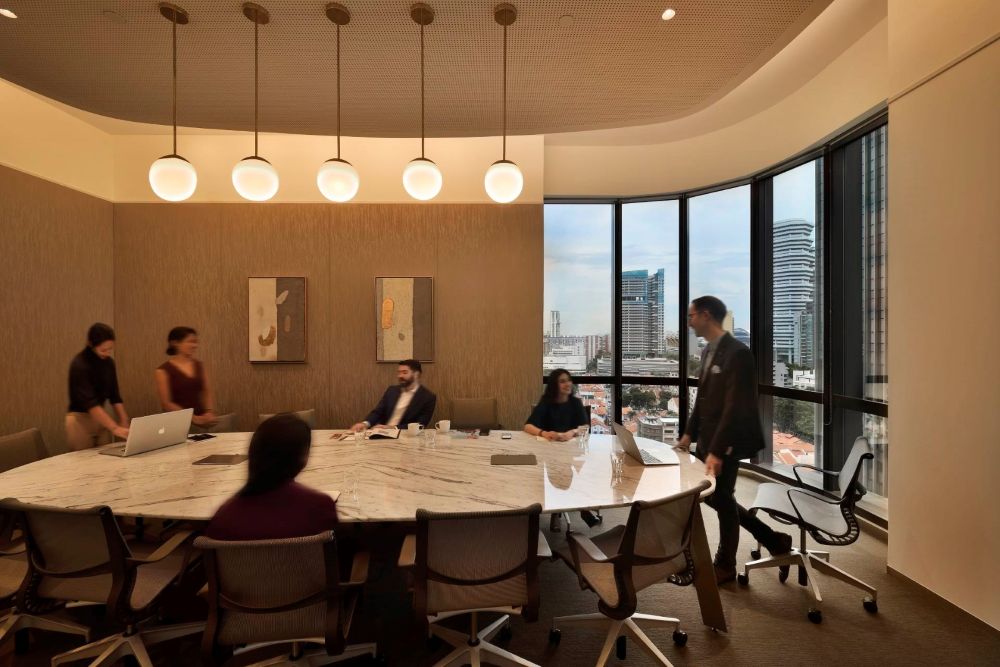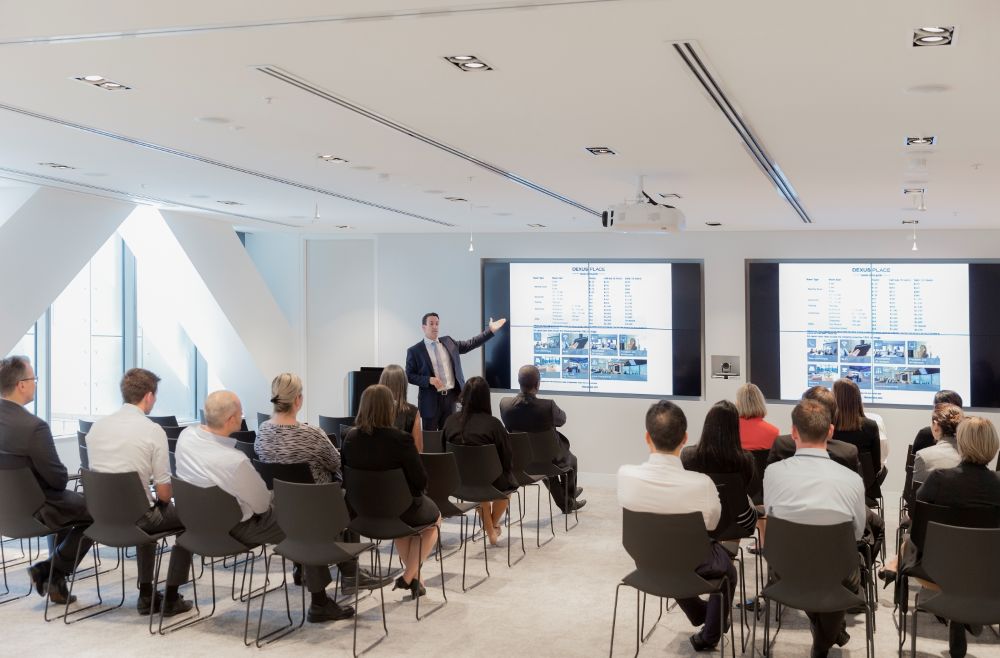From the familiar structure of office work to the autonomy of working from home, working models in Singapore have become more dynamic and flexible. It’s a shift that has been fuelled by technological advancements and changing employee expectations.
Consequently, businesses in Singapore must pay greater attention to their choice of working model to remain competitive in a global commerce hub.
Therefore, striking the right balance between the benefits of working from home versus the perks of in-office work is a crucial business decision to ensure continued success and competitiveness.
Understanding Hybrid Work
The hybrid work model offers a blend of working from home and in-office work, providing employees with greater flexibility. Various approaches to this model exist, allowing you to tailor it to your organisation's specific needs:
- Office-centric: Employees primarily work from the office but have some flexibility to work remotely on certain days.
- Flexible: Employees have significant autonomy to choose when they work from the office and when they work remotely.
- Remote-first: The majority of employees work remotely, with occasional in-office gatherings for defined purposes.
Advantages of Hybrid Work
The hybrid model offers a compelling balance between working from home and in-office work, bringing several advantages to employees and organisations:
- Improved work-life balance: Employees often appreciate the freedom to manage their schedules and integrate personal and professional lives more effectively.
- Increased productivity: The ability to choose their work location can empower employees to work during their most productive times and in their preferred environment.
- Opportunities for in-person collaboration: Hybrid models still allow for valuable face-to-face interaction in the office, fostering team building and spontaneous collaboration.
- Access to office resources: Employees retain access to essential office infrastructure, such as meeting rooms and collaborative workspaces, when needed. They can also benefit from in-person wellness programmes, fostering well-being and interaction.
Challenges of Hybrid Work
While the hybrid model offers numerous benefits, it's important to acknowledge the potential challenges that can arise when managing the work from home vs. work from office dynamic:
- Onboarding complexities: Integrating remote team members can be more intricate without consistent in-person interaction and spontaneous knowledge sharing.
- Challenges of hybrid meetings: To have productive meetings, strategic planning and the right technology are needed to ensure equitable participation and engagement among in-office and remote attendees.
- Costs of maintaining office space: Even with a hybrid model, businesses will still need to factor in the expenses associated with the rental and upkeep of their physical premises.
Understanding Remote Work
The remote work model is characterised by employees primarily working outside of a traditional office environment. In a fully remote setup, your team members operate from various locations without a central physical office space to regularly access.
Advantages of Remote Work
For many businesses and employees in Singapore, the appeal of remote work lies in its promise of greater autonomy and flexibility. Here are some key advantages of embracing a remote work model:
- Wider talent pool: Without geographical limitations, you can access and recruit talent from across Singapore and even globally, expanding your hiring possibilities.
- Reduced overhead costs: Eliminating or significantly reducing the need for a physical office rental can lead to substantial savings on operational expenses.
- Flexibility for employees: Remote work offers employees maximum flexibility in managing their schedules and choosing their work environment, potentially improving job satisfaction.
Challenges of Remote Work
While remote work offers considerable advantages, there are potential hurdles that can arise with a fully distributed team:
- Maintaining team cohesion: Building and sustaining a strong sense of team unity and camaraderie can be more challenging without regular in-person interaction.
- Difficulties in maintaining work-life boundaries: The lines between professional and personal life can blur when the office is always accessible at home, potentially leading to burnout.
- Increased IT security needs: A distributed workforce necessitates robust IT security measures to protect company data across various home networks and devices.
Work from Home vs. Work from Office: Finding the Right Balance
Ultimately, you should evaluate several key considerations when facing the ‘working from home versus office’ decision. This process can help you determine the optimal blend of in-office and remote work for your organisation:
- Business needs: Consider the nature of your work and the level of collaboration required. Some tasks and team interactions thrive on in-person presence, so some level of office work may be beneficial.
- Location: The geographical distribution of your employees can influence the feasibility and benefits of a fully remote versus a more office-centric approach. For example, if most of your workforce is scattered across Southeast Asia, a remote work model might be more economical.
- Available resources: Assess your technological infrastructure and resources to effectively support both remote and hybrid workers, ensuring equitable access and functionality.
- Industry: Think about the norms and client expectations within your industry. For example, client-facing roles in finance may require a stronger in-office presence to build trust and facilitate in-person meetings.
- Culture: Understanding your employees' preferences for flexibility and autonomy, alongside the existing company culture, is vital for a smooth transition and employee satisfaction.
Getting a Workspace that Supports Your Working Model
Once you've determined the most suitable working model for your organisation, securing a workspace that aligns with and supports that model is paramount.
With their long-term commitments and fixed layouts, traditional office leases may no longer adequately cater to the dynamic needs of hybrid and remote teams. Meanwhile, flexible workspaces offer a more agile and often cost-effective solution.
For example, a hybrid team needing a central hub for collaboration may find an office rental within a coworking space ideal. The office can provide professional meeting facilities and team workspaces on demand while keeping costs manageable.
Simultaneously, remote employees benefiting from occasional in-office access can utilise hot desk spaces for focused work or client meetings.
By adopting a strategic approach to your workspace in Singapore, you ensure your chosen working model can thrive, fostering productivity and connectivity without unnecessary overhead.
Finding Your Flexible Fit

Employees in a communal amenities area of a coworking space.
Ultimately, the working model you choose will significantly shape your organisation's culture, productivity, and overall success. So, if you’re trying to determine the optimal choice between hybrid versus remote work, carefully consider your goals, employee needs, and your operational requirements.
Additionally, remember that your workspace can be a powerful enabler of your chosen model. At The Work Project, we offer a range of adaptable workspace solutions, from individual hot desk spaces to customisable private offices, designed to meet varied business needs.
Discover the flexible fit that will empower your team to thrive – explore your options across our Singapore locations today!






